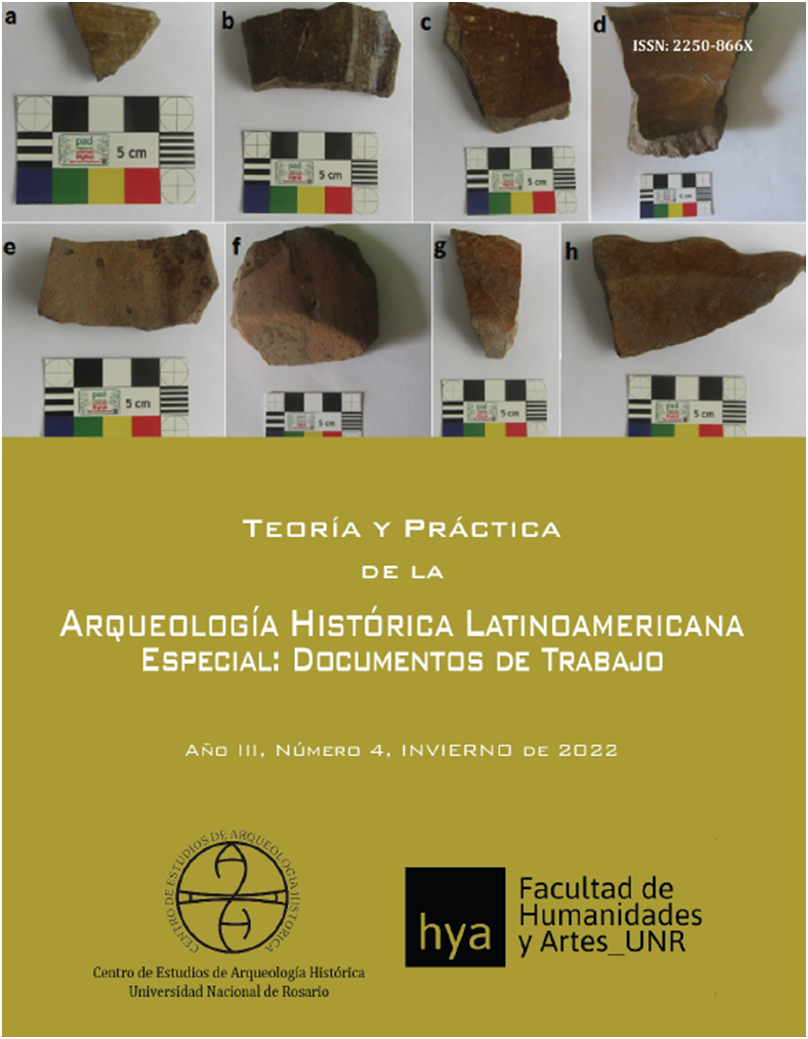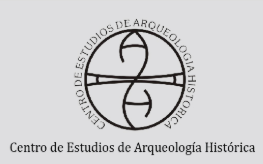Jesuit archaeological potential in the Buen Retiro ranch (Paysandú Department, República Oriental del Uruguay)
DOI:
https://doi.org/10.35305/tpahl.v1i4.160Keywords:
Yapeyú Jesuitic ranch, Archaeological register, Construction design, Archaeological potentialAbstract
The Estancia de Yapeyú was an extensive Jesuit production unit located on the eastern shore of the Uruguay River, north of the mouth of the Negro River. It was started from the town of the same name, on Paraná, in the present Province of Corrientes (Argentina). His existence of cattle ranchers marks in that country since it preceded the republic in the type of support of this economic activity and influence, between the middle of the XVII century and the expulsion of the Jesuits (1767) in the government and the indoctrination of the local indigenous population . This work presents a synthesis of its problematic and a preliminary study of the vestiges that may correspond to its southern facilities in the basin of the Queguay Grande river, in the east of the Department of Paysandú (Uruguay).
Downloads







